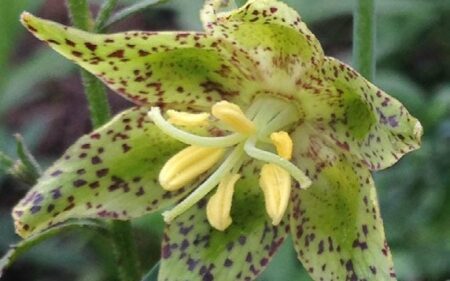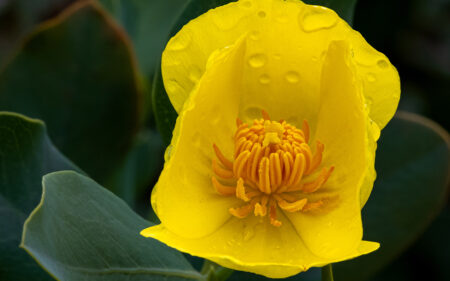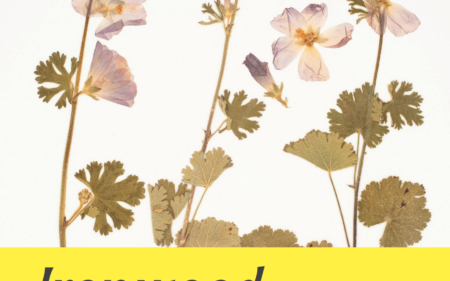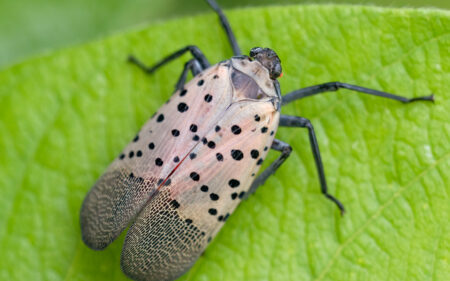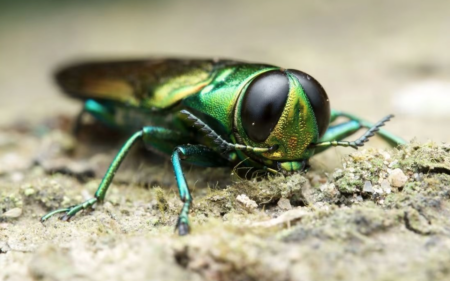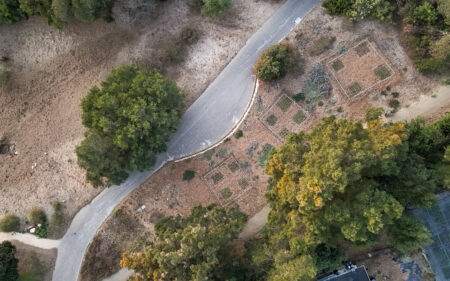Resistencia de las plantas raras
14 especies de plantas raras incluidas en la lista federal y estatal:
Manzanita de la isla de Santa Rosa (Arctostaphylos confertiflora) Agracejo de la isla (Berberis pinnata ssp. insularis) Berro de Hoffmann (Boechera hoffmannii) Cepillo indio de hojas blandas (Castilleja mollis) Rosa de la isla (Crocanthemum greenei) Espátula de playa (Dithyrea maritima) Isla Santa Cruz Dudleya (Dudleya nesiotica) Isla Santa Bárbara Dudleya (Dudleya traskiae) Gilia de flores finas (Gilia tenuiflora ssp. hoffmannii) Isla de Santa Cruz Malacothrix (Malacothrix indecora) Malacothrix de la isla (Malacothrix squalida) Pentachaeta de Lyon (Pentachaeta lyonii) Phacelia de la isla (Phacelia insularis var. insularis) Lápiz de la isla de Santa Cruz (Thysanocarpus conchuliferus)
Llamadas a veces "las Galápagos de California", las Islas del Canal son un punto caliente de biodiversidad. Más del 10% de las plantas de las islas son endémicas de las Islas del Canal, lo que significa que no se encuentran en ningún otro lugar de la Tierra. Esta diversidad vegetal única crea un hábitat esencial para la fauna y la flora, muchas de las cuales son también endémicas de las islas. Esta excepcional diversidad también es vulnerable, y 110 tipos diferentes de invertebrados, reptiles, aves, mamíferos y plantas de las Islas del Canal están clasificados como Especies de Mayor Necesidad de Conservación por el Departamento de Pesca y Vida Silvestre de California. No obstante, hay motivos para la esperanza.
Después de soportar los impactos de los cerdos asilvestrados, el ganado vacuno, las ovejas y otros vertebrados introducidos en tierra firme durante más de 170 años, todas las islas, excepto una, están ahora libres de esos herbívoros.
Las islas están en vías de recuperación, pero a veces la naturaleza necesita un poco de ayuda.

En 2017, el Jardín, junto con socios de las islas y del continente, desarrolló un proyecto integral y de colaboración para conservar y recuperar 14 especies diferentes de plantas raras incluidas en la lista federal y estatal en siete de las ocho Islas del Canal, incluyendo Santa Catalina, Santa Bárbara, San Nicolás, Anacapa, Santa Cruz, Santa Rosa y San Miguel. Los objetivos del proyecto se centran en la conservación y recuperación de las plantas raras, implementando acciones específicas diseñadas para pasar de la actualización del estado de las especies a la restauración sobre el terreno. La Dra. Heather Schneider, bióloga de plantas raras del Jardín, dirige el proyecto, con la ayuda de Sean Carson y Kevin Mason, técnicos de plantas raras del Jardín, en el campo, el laboratorio y el invernadero.
La primera fase del proyecto se centra en la exploración y la conservación, utilizando estudios de campo para encontrar, cartografiar y evaluar el estado de las poblaciones de plantas raras silvestres. En 2019 se iniciaron expediciones de campo en las siete islas, y los resultados fueron inspiradores. En la isla de Santa Cruz, cuatro ubicaciones previamente desconocidas de Hoffmann's rockcress (Boechera hoffmannii) Semillas de pincel indio de hoja suave. fueron identificadas por nuestros socios en The Nature Conservancy y Wildlands Conservation Science, lo que representa cientos de plantas que no fueron documentadas previamente.



El Equipo de Conservación de Plantas Raras del Jardín llevó a cabo encuestas para la Dudleya de la isla de Santa Cruz (Dudleya nesiotica), que es endémica de una sola ubicación en la isla, y encontró que el número de individuos se ha duplicado en comparación con las encuestas de 2005. El número de poblaciones conocidas de lapa de la isla de Santa Cruz (Thysanocarpus conchuliferus) aumentó en más del 50% en 2019, cuando los equipos de estudio descubrieron al menos seis nuevas apariciones.

Las encuestas y el seguimiento en la isla de Santa Rosa incluyeron la manzanita de la isla de Santa Rosa (Arctostaphylos confertiflora), el pincel indio de hoja blanda (Castilleja mollis) y la phacelia de la isla (Phacelia insularis var. insularis). Catalina Island Conservancy lidera el esfuerzo de estudio de la Pentachaeta de Lyon (Pentachaeta lyonii) en la isla de Santa Catalina y, en 2020, nuestros socios del Instituto de Estudios Ambientales de California utilizaron estudios aéreos para localizar poblaciones nuevas y ampliadas de Dudleya de la isla de Santa Bárbara (Dudleya traskiae) en las caras de los acantilados de la isla de Santa Bárbara. Se recogieron semillas de nuestras especies objetivo para almacenarlas a largo plazo en el banco de semillas de conservación del Jardín. Estas colecciones actúan como una póliza de seguro contra la extinción y pueden utilizarse para restaurar o reintroducir poblaciones que disminuyan o desaparezcan en el futuro. Aunque seguiremos realizando estudios y recogiendo semillas de forma oportuna, esta fase del proyecto ha concluido en gran medida.
La segunda fase del proyecto está en curso y se centra en la investigación y el análisis. Los socios del Parque Nacional de las Islas del Canal y el Servicio Geológico de EE.UU. están realizando un estudio sobre el banco de semillas del suelo para determinar si la manzanita de la isla de Santa Rosa (Arctostaphylos confertiflora) ha establecido un banco de semillas en el suelo ahora que se ha eliminado el ramoneo de los ungulados, lo que indicaría que la población está en vías de recuperación y de ser autosuficiente.


Al mismo tiempo, la Dra. Kristen Hasenstab-Lehman, Genetista de Conservación del Jardín, y el Dr. Matt Guilliams, Sistemático de Plantas de Tucker y Conservador del Herbario, están dirigiendo una investigación sobre la genética de la rosa de la isla (Crocanthemum greenei). La rosa de la isla se encuentra en las islas Santa Catalina, Santa Cruz y Santa Rosa. El objetivo del estudio es evaluar la diversidad genética dentro de las islas y entre ellas para conocer el parentesco de las poblaciones entre islas y ayudar a identificar las prioridades de conservación. Los científicos del Jardín y los socios del proyecto están recogiendo actualmente tejido foliar de plantas silvestres de las islas, mientras que el trabajo de laboratorio y las extracciones de ADN están en curso en el laboratorio de genética del Jardín.
La fase final de este proyecto se basa en lo que hemos aprendido de los estudios de campo y la investigación para cultivar y restaurar plantas en la naturaleza. La fase de propagación y restauración está en curso, y gran parte de la propagación se realiza en el vivero del Jardín. Jessica Fernández, la propagadora de plantas del Jardín, está supervisando el esfuerzo de cultivar plantas a partir de semillas y esquejes para su conservación y futura restauración. Cinco especies, entre las que se encuentran la Dudleya de la isla de Santa Cruz (Dudleya nesiotica), el Malacothrix de la isla de Santa Cruz (Malacothrix indecora) y el lacepo de la isla de Santa Cruz (Thysanocarpus conchuliferus), se están cultivando a partir de semillas para aumentarlas, proceso por el cual cultivamos plantas a partir de semillas y las polinizamos para producir más semillas de las que empezamos.
El agracejo de la isla (Berberis pinnata ssp. insularis), que no produce semillas en estado silvestre, se está cultivando a partir de esquejes y la Dra. Denise Knapp, Directora de Conservación e Investigación, está realizando un estudio de polinización utilizando las colecciones vivas del Jardín para determinar si se pueden producir semillas cruzando deliberadamente dos genotipos distintos. Los socios de la isla de Santa Bárbara también están llevando a cabo la propagación y el trasplante de la Dudleya de la isla de Santa Bárbara (Dudleya traskiae) y del berro de Hoffmann (Boechera hoffmannii) en la isla de Santa Rosa. Las plantas y los esquejes producidos a partir de estos esfuerzos de propagación se utilizarán para complementar las poblaciones de plantas raras existentes y para crear nuevas poblaciones en un hábitat favorable, con el objetivo de crear redundancia y resistencia para estas plantas en peligro en todo el archipiélago.
Este tipo de proyecto de conservación integral demuestra la naturaleza compleja y polifacética de la conservación de plantas, la fuerza de la colaboración y la necesidad de financiación a largo plazo para este tipo de trabajo. El Parque Nacional de las Islas del Canal ha reconocido el valor de este proyecto y ha concedido al Jardín y a sus socios tres años de financiación adicional para continuar este esfuerzo en favor de las plantas de las islas del Parque. El trabajo de comprender, proteger y restaurar las poblaciones de plantas raras silvestres es una inversión a largo plazo que el Jardín realizó hace 95 años. Nuestro trabajo en las Islas del Canal y en el continente continúa, ya que nos esforzamos por conservar y recuperar estas valiosas plantas raras tanto en la naturaleza como en los terrenos del Jardín.





 Donar
Donar